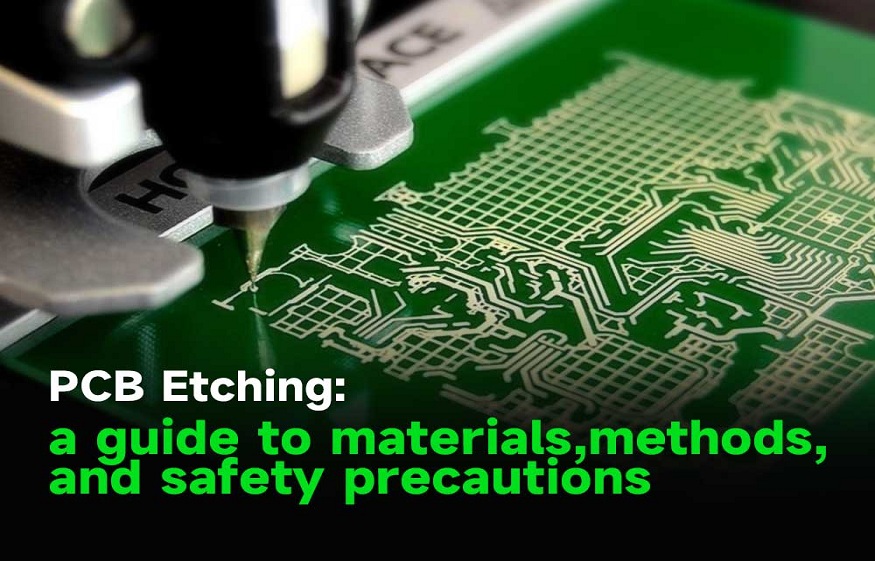For many years, chemical etching has been used by manufacturers to create visually appealing objects. Etching is a widely utilized technique in numerous sectors to apply patterns and concepts on various surface types. Nonetheless, chemical etching poses a few risks. Thankfully, the environment and employees can be safeguarded through some appropriate safety measures.
In chemical or photo chemical etching, two of the more frequently used substances are copper and ferric chloride. However, these compounds are safe to use if handled correctly.But when used wrongly they can cause serious skin burns and eye damage. Following safety tips when dealing with such chemicals can provide a safe working environment. Keep reading to learn about 4 chemical etching safety tips.
1. Use Personal Protective Equipment (PPE)
Using Personal Protective Equipment (PPE) properly can prevent chemical exposure. PPE includes protective gloves that stop hands from coming directly in contact with harmful substances. Eye protection is equally critical. You need equipment to protect your eyes from splashes or fumes, which may be dangerous. Dealing with unstable chemicals may also require respiratory protection. Luckily, protective clothing can save your body from spills, chemical contact, and respiratory conditions.
2. Ensure Your Workspace Is Well Ventilated
You don’t want to be affected by the etching process? If so, then working in a well-ventilated workspace is important. Proper ventilation inhibits the concentration of chemical fumes in the air and reduces the potential for breathing them. Fume hoods and exhaust systems can also control harmful vapor within your workspace. Ventilating your space properly results in a healthier working environment for everyone, increasing productivity.
3. Have Clear And Actionable Emergency Procedures
Every organization using chemical etching should be prepared to deal with emergencies. Industries should develop emergency exits and eyewash stations to help individuals affected by the chemicals get temporary relief before they’re rushed to hospital. First aid measures, such as immediately flushing the affected areas may also mitigate the severity of injuries.
Moreover, industries should have emergency contact information. This should be written in the procedures and should explain how to seek assistance. The procedures should be placed on the notice boards and anywhere where they can be easily accessed when there’s an emergency.
4. Invest In Training And Education
Proper training is the backbone of chemical etching safety. Employees working in industries should understand the safety protocols and procedures for preventing accidents. There should also be frequent briefings and updates to inform everyone about the latest preventative measures, as well as a reminder of how important it is to follow guidelines. In addition, manufacturers should provide complete information about the nature and danger of the chemicals used in etching. This will give employees some idea of how to handle them.
Regular inspection and maintenance of equipment can also contribute to safety. Well-maintained equipment operates efficiently, minimizing the chances of malfunctions that could lead to accidents. Proper storage of chemicals is equally critical as it can prevent spills that could pose serious risks. Handling and disposing of chemical waste responsibly further contribute to a safe working environment.
Summing Up
Prioritizing safety during chemical etching processes should be non-negotiable. The substances used in this process are hazardous and can cause a lot of damage and injuries if not properly handled. By prioritizing safety, you protect yourself, and your workers and contribute to a healthy work environment. Stay informed, stay protected, and let safety guide every step of your chemical etching journey.Top of Form

